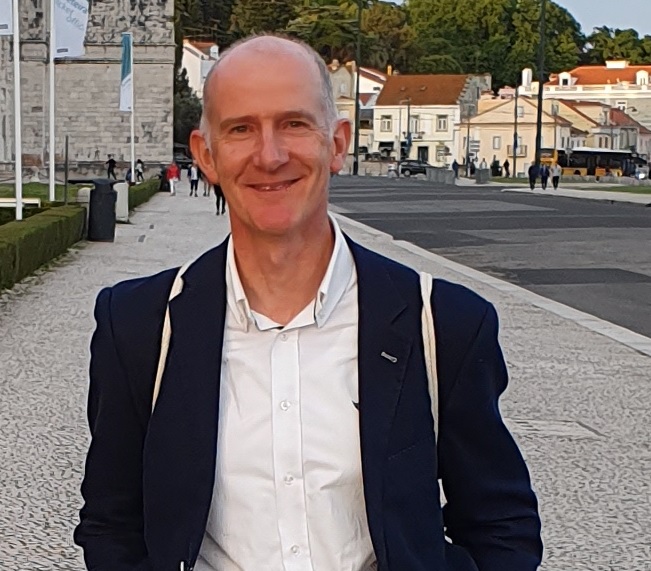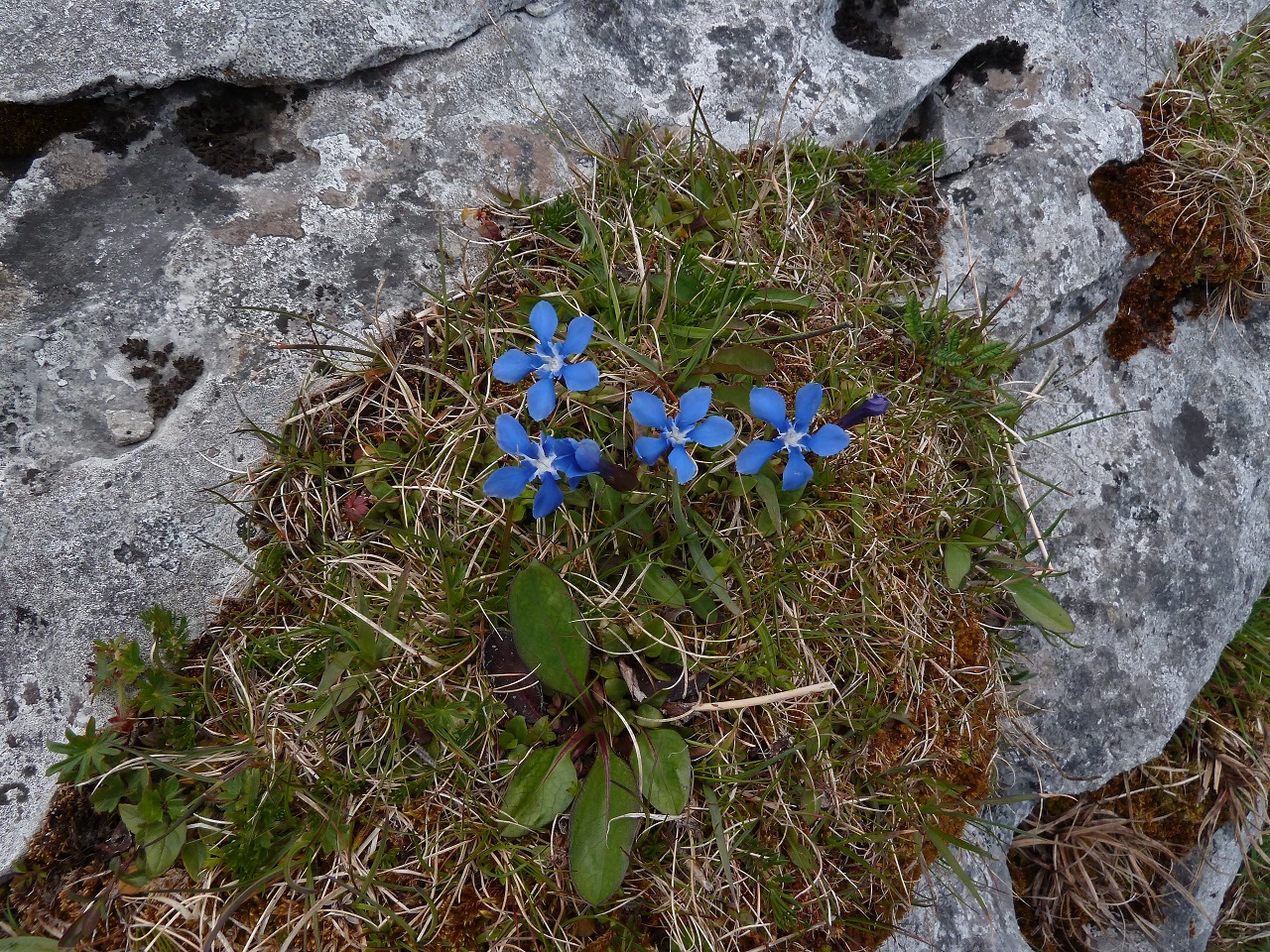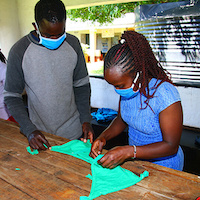The Wonders of Biodiversity

Ned Dwyer is a volunteer with Brighter Communities Worldwide. He is a freelance consultant in environmental management and climate change issues.
We have invited Ned to write a blog for World Environment Day 2020 – Celebrate Biodiversity.
It was my aunt, Bid, who introduced me to the wonders of biodiversity – although it is not a word she would have used. From a young age I helped her in the garden on the weekends when she came to visit. We dug and weeded the ground together. I stopped to look at the earthworms wriggle their way through the soil. Bid explained how important they were for helping break up the soil. We always had a compost heap, decades before they became chic. I marvelled at how the grass, raw food leftovers and the less noxious weeds could break down into a beautiful, dark, nourishing compost that we used in the following spring when we sowed new flowers and vegetables. Then in May, Bid would announce that it was time to go on the annual pilgrimage, with her good friend Maureen, to the Burren to see the gentians. It is one of the few places in Ireland that they grow in the wild. She was also a member of the Rare Breeds Survival Trust and kept pedigree Shorthorn cows when the rest of the country was turning to Fresians.

Gentians among the limestone pavements of the Burren
This practical love of nature in all its variety stuck with me as I grew into adulthood and I became the main gardener with Bid helping along and in later years I took Bid and Maureen on one last pilgrimage to the Burren, where I now marvelled at the gentians and the myriad of orchids and other plants that grow and flower there. The Burren is a landscape that has developed in harmony with the farming methods that have been used there for centuries, although there are certain pressures it has undergone in recent years. Nonetheless, initiatives such as the BurrenBeo Trust are helping to ensure that we can all enjoy the Burren for decades and centuries to come.
But not all parts of the world, including many parts of our own island are so lucky. Biodiversity, that huge mix of plants and animals we share this planet with is under threat. Those of you as old as me will remember returning home from sunny summer day drives 40 years ago with the windscreen covered in hundreds of spots of insect debris. Nowadays, on a similar drive, the insect trawl will be only a fraction of that. Not that I am advocating insect massacre, but it is a simple indicator of the huge drop in insect numbers. The causes are many and complex. They include increased use of insecticides, changes in land use, intensification of agriculture – where the variety of plants in the fields and meadows is much reduced- and climate change itself.
The headline stories of renewed increase in deforestation in the Amazon basin, more coral bleaching of the great barrier reef, fires devastating large parts of Australia, along with myriad plants and animals come and go and make us anxious until the next story comes along to take its place. But with the COVID-19 pandemic having come knocking on almost every door in the world, we are forced to reflect on what we are doing to our planet. It has been suggested that the elimination of huge swaths of natural forests and landscapes, especially in the tropics, is reducing the number and types of animals and viruses need to look for new hosts, therefore they are crossing from animal species into humans. Every species lost is an irreversible event that decreases the resilience of natural and human systems on a permanent basis.
Scientists have been reporting on devastation of biodiversity for decades and last year a major UN report said that up to 1 million plant and animal species were threatened with extinction in the coming decades, if we do not completely transform the way we live. But these reports don´t seem to be enough to catalyse the change that is needed. Maybe, in the interests of self-preservation, the COVID-19 crises will open the eyes of the so-called decision makers to the biodiversity destruction and help them adopt the policies that we need to survive and co-exist with the other species on this shared planet.
In the meantime we can all take our own small steps. We can make our gardens insect friendly. Sow an area of wildflowers to attract insects; build a bug hotel with pieces of wood; put in a small pond if you have the space; cut out the use of herbicides and insecticides, support small, and organic producers if possible, install a bird feeder and marvel at the variety of life in your own small part of the world.

Small holdings in Kenya are a rich mix of different crops, trees, and natural vegetation.
Through its work on installing smokeless stoves, Brighter Communities Worldwide is helping with biodiversity as the firewood saved takes pressure off the forest areas; similarly building up the resilience of the rural communities, many of which survive on subsistence farming, where everything can be considered ”organic” helps to stop the drift to urban areas and helps to maintain the diversity of the landscape. Equally the sustainable tourism route established will only be a success if there is a healthy and vibrant countryside to be visited.
The solution to the biodiversity crisis needs to be both top-down and bottom up, so we can all start by doing our little bit today to help maintain the diverse wonder of this planet we call home.

